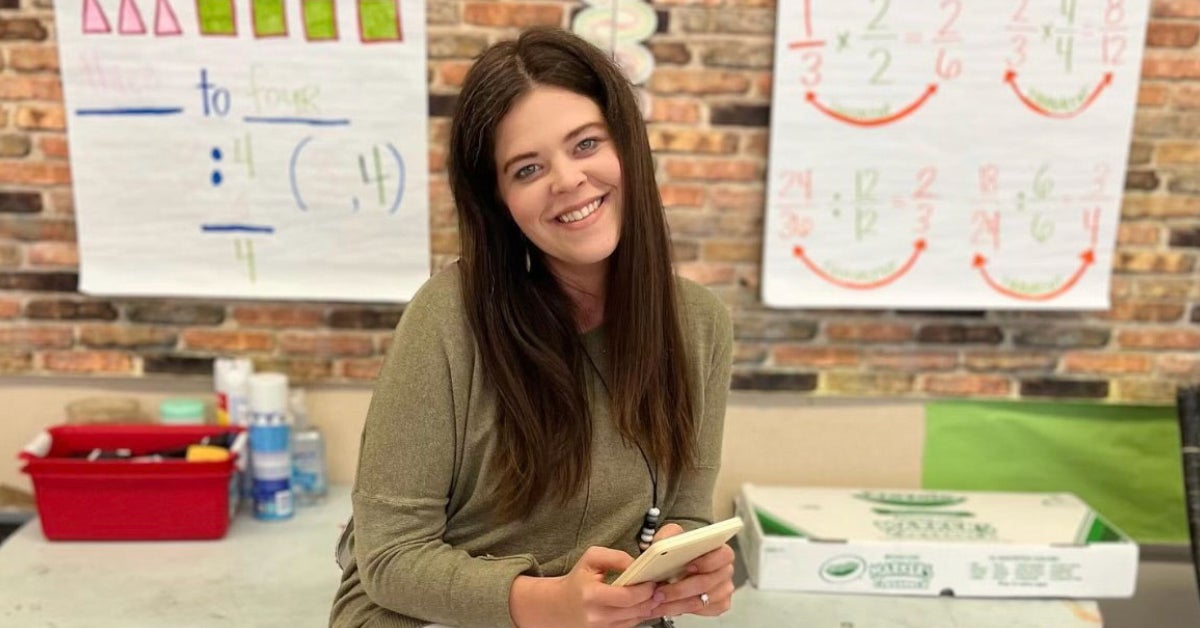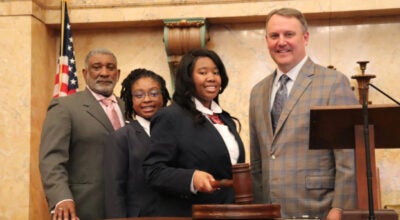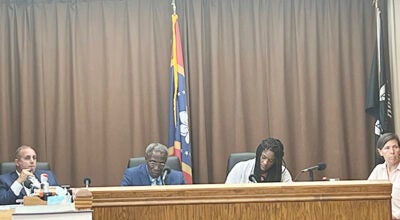TEACHER OF THE YEAR: Mary Quinn Wood makes learning math fun and relatable
Published 4:00 am Saturday, December 31, 2022

- Mary Quinn Wood is Bowmar Avenue Elementary School’s Teacher of the Year. (Photo Submitted)
This article is part of a series by The Vicksburg Post, in partnership with the Vicksburg-Warren County Chamber of Commerce, featuring each of the nominees for teacher of the year honors.
Mary Quinn Wood fosters a classroom that is based on real-world learning lessons.
Wood, a 6th-grade math teacher at Bowmar Elementary, said, “As a math teacher, I try to connect our learning to my students’ lives daily.”
Wood is a finalist for the Vicksburg-Warren County Chamber of Commerce’s Educator of the Year award. The chamber will select and announce one elementary and one secondary teacher of the year at the chamber luncheon on Feb. 15. The winner of each award will receive $1,000 from Ameristar Casino and the runner-up for each award will receive $500 from Mutual Credit Union.
Wood has been working at Bowmar Avenue Elementary School as a sixth-grade teacher for seven years. She was also an after-school tutor for one year. During her time at Bowmar Elementary, she has been the Student Lighthouse Advisor, a Lighthouse team member, graduation coordinator and has planned sixth-grade leadership retreats.
Wood also oversees service projects for her students to participate in such as candygrams, Socktober service projects, penny harvest, celebration assembly, the United Way of West Central Mississippi Color Run and is a PBIS member.
“Providing students a way to give back to their community promotes citizenship and pride in our community,” Wood said in her Educator of the Year application.
Wood received her Bachelor’s of general education from Alcorn State University in 2016. She is currently working on getting her Masters in education at Belhaven University.
In her classroom, Wood tries to connect the concepts they learn to real-life situations.
“When we are learning about equivalent ratios, we double and triple a cookie recipe using equivalent ratios; and then, we actually make the cookie batches and bake them,” Wood said.
She also uses her math lessons to help with other school subjects.
“When graphing, we graph the continental United States to go along with their learning of states and capitals in social studies,” she said.
Wood also tries to make her math lessons fun but easy to understand. A good example, she said, is a game she plays with her sixth-grade students about integers.
“I introduce integers through a fun game called ‘Jelly Bean Balooza.’ Students choose a jelly bean to try — the jelly beans are funny flavors — Buttered Popcorn or Rotten Egg, Birthday Cake or Dirty Dishwater. Students then graph where they rate their Jelly Bean,” Wood said.
She said it helps her students understand the difference between positive and negative integers since they can compare it to the taste of jelly beans.
Wood said that, in her classroom, she enjoys it when everyone can have fun, laugh, be silly and learn some math, too.





